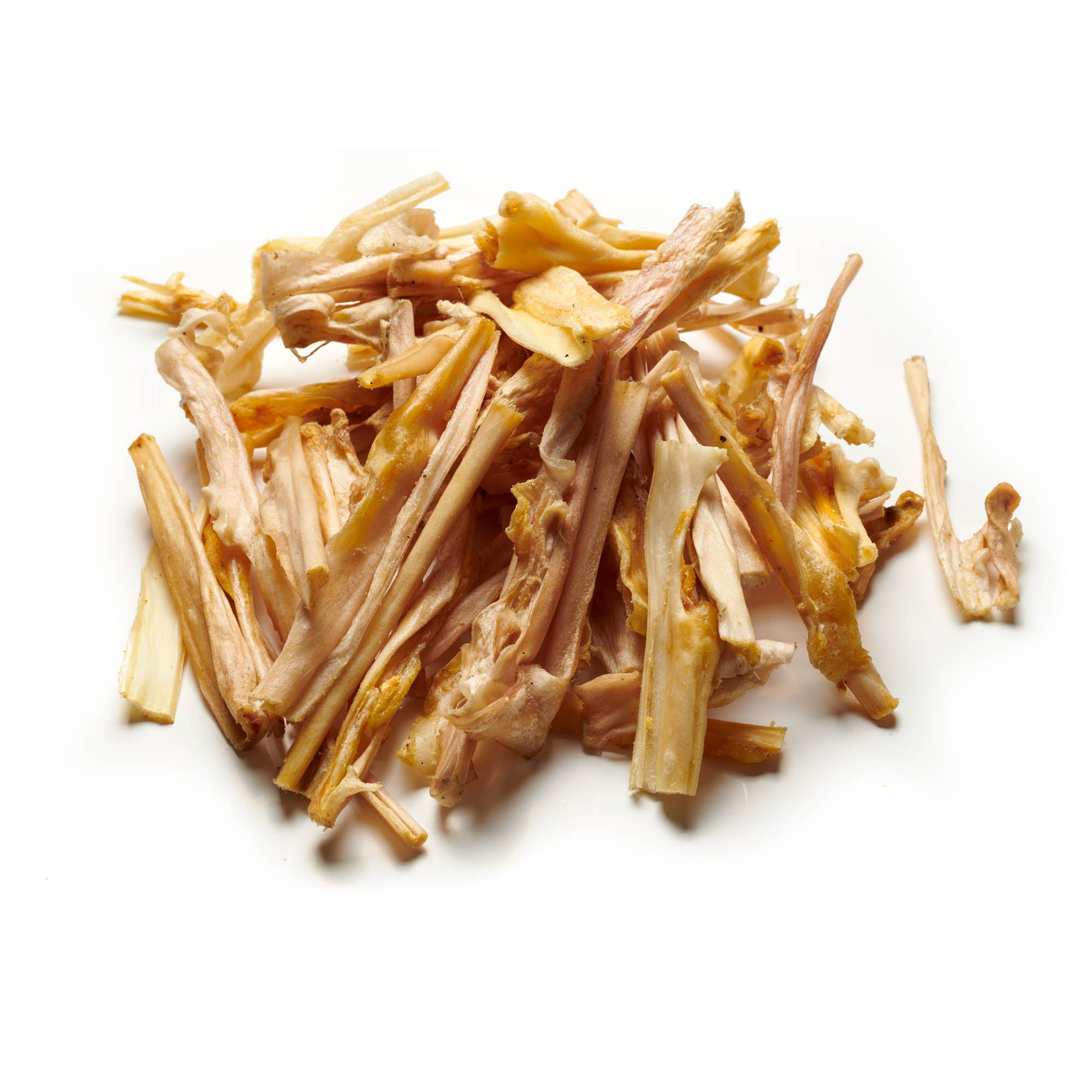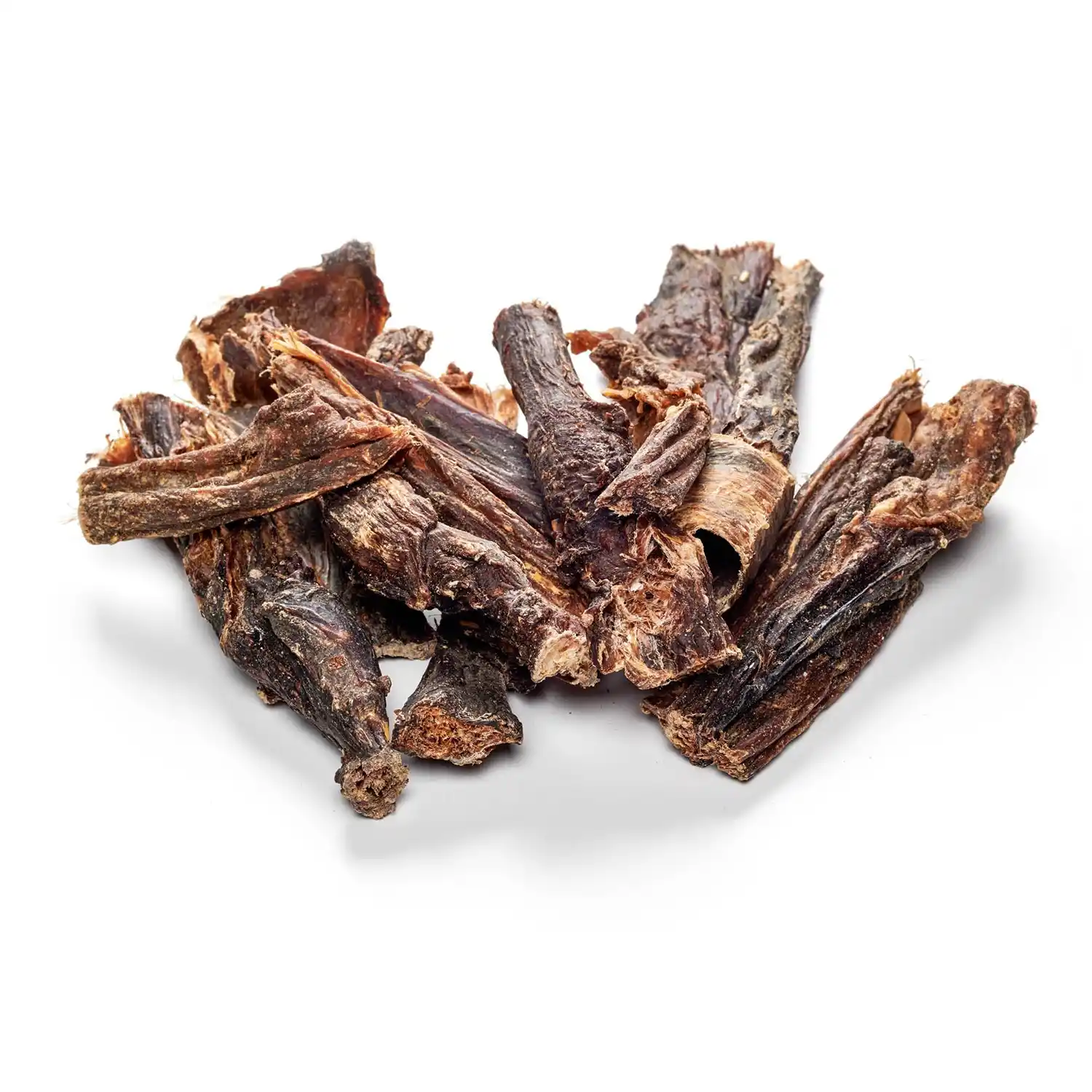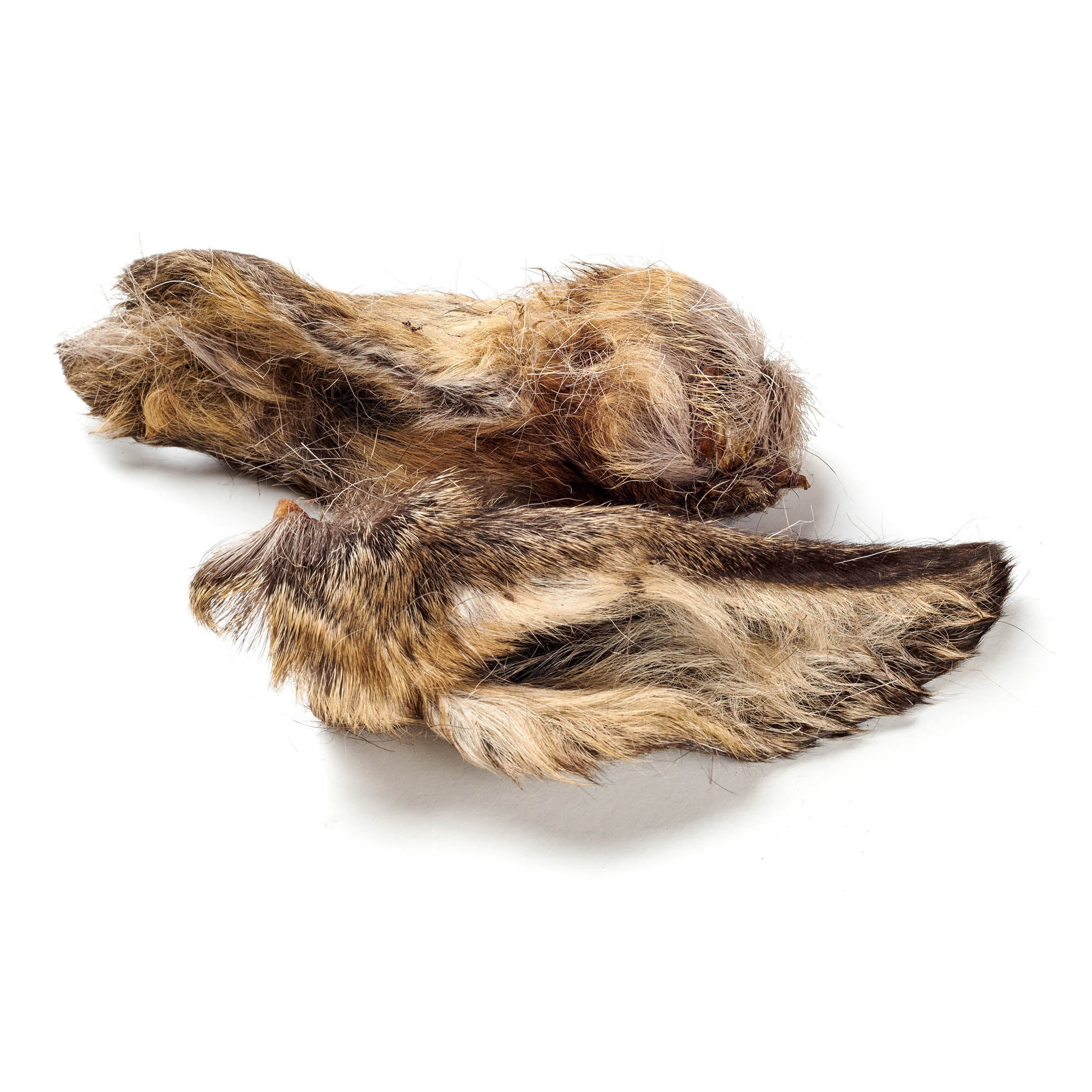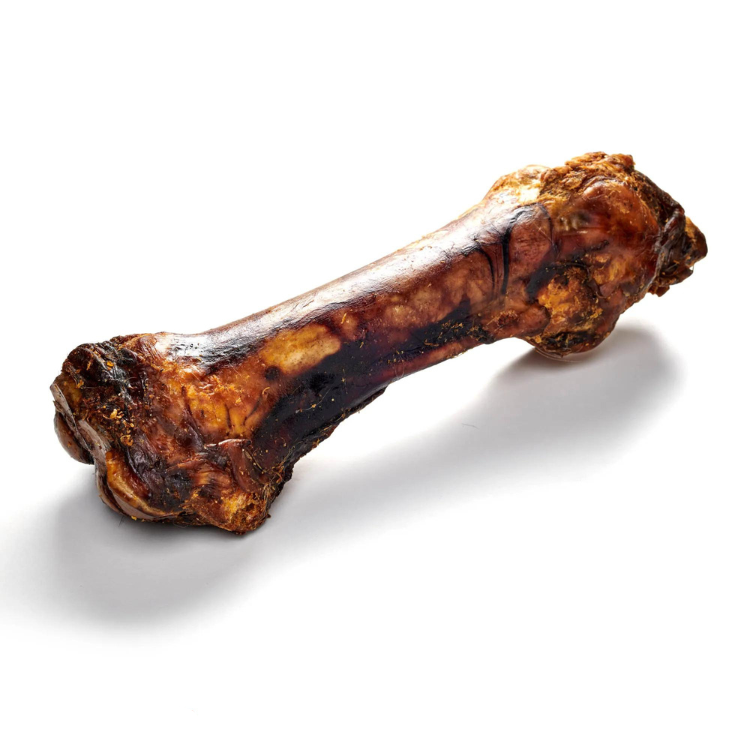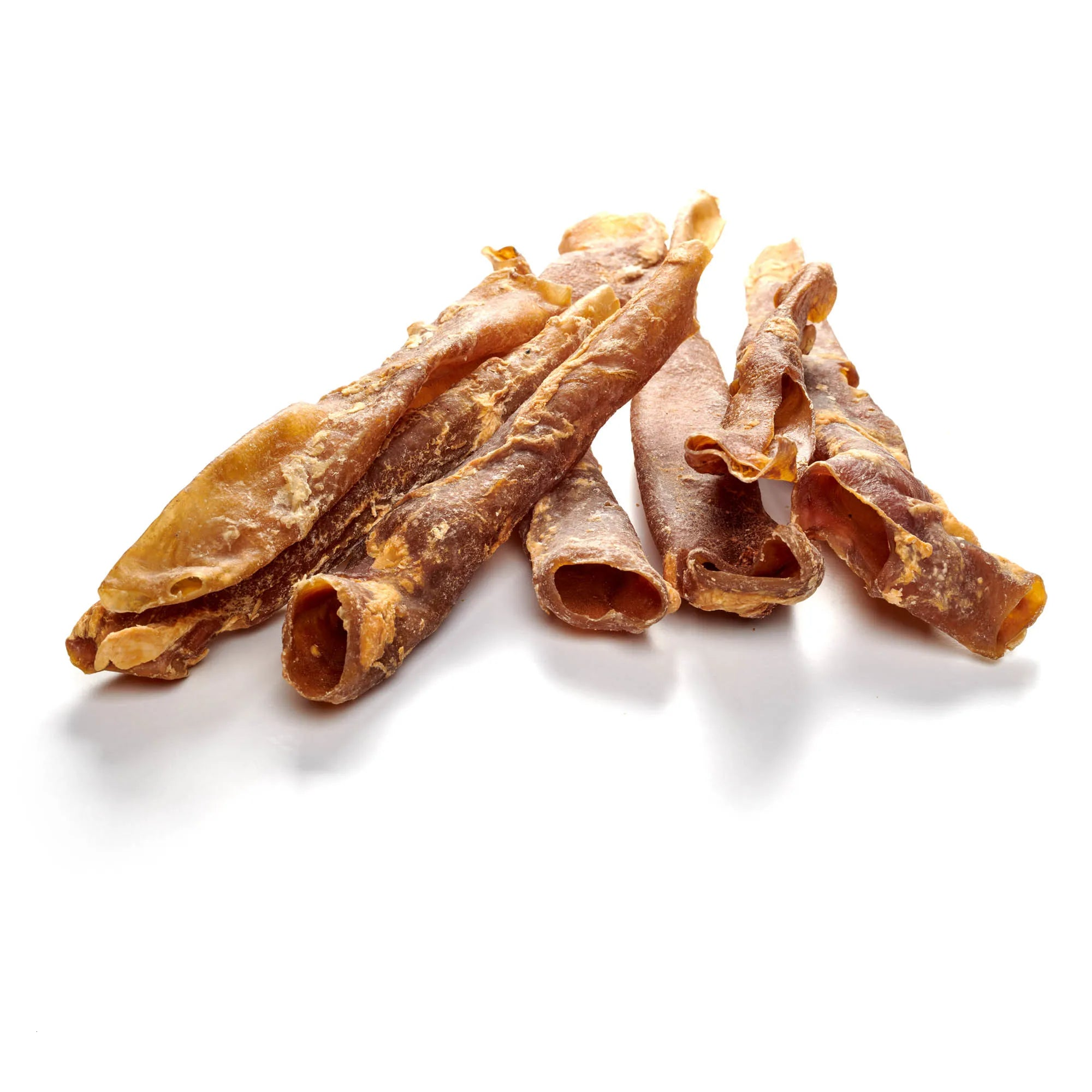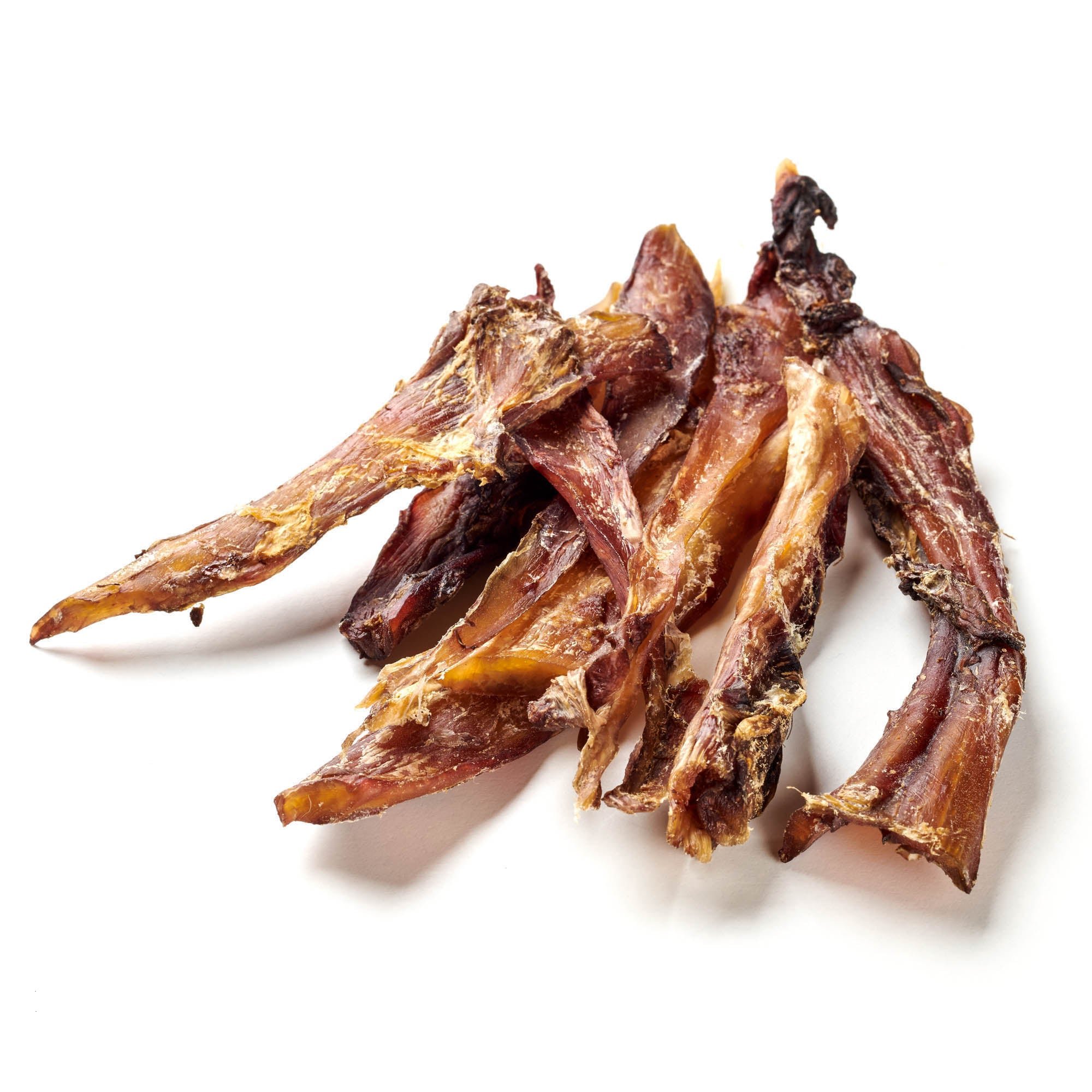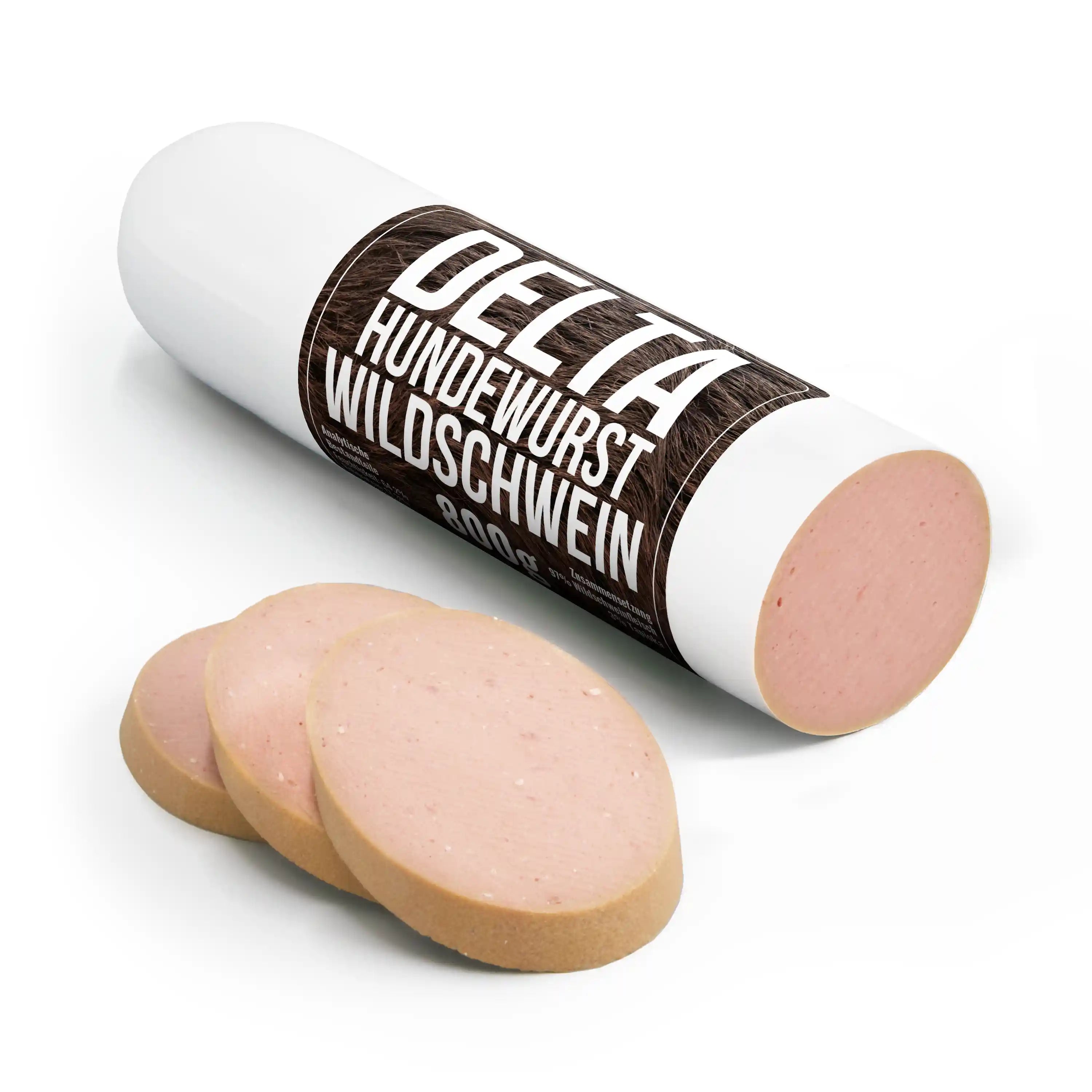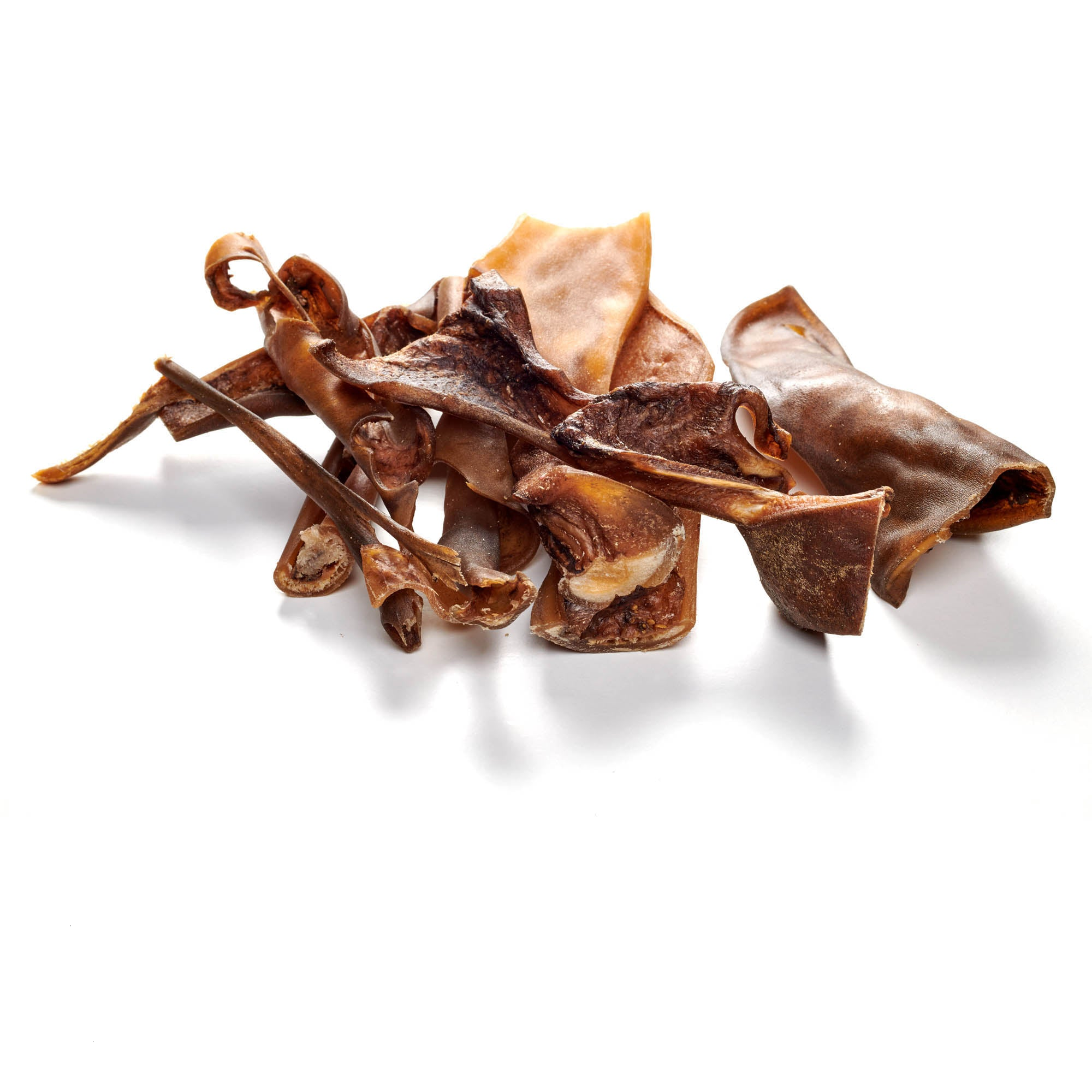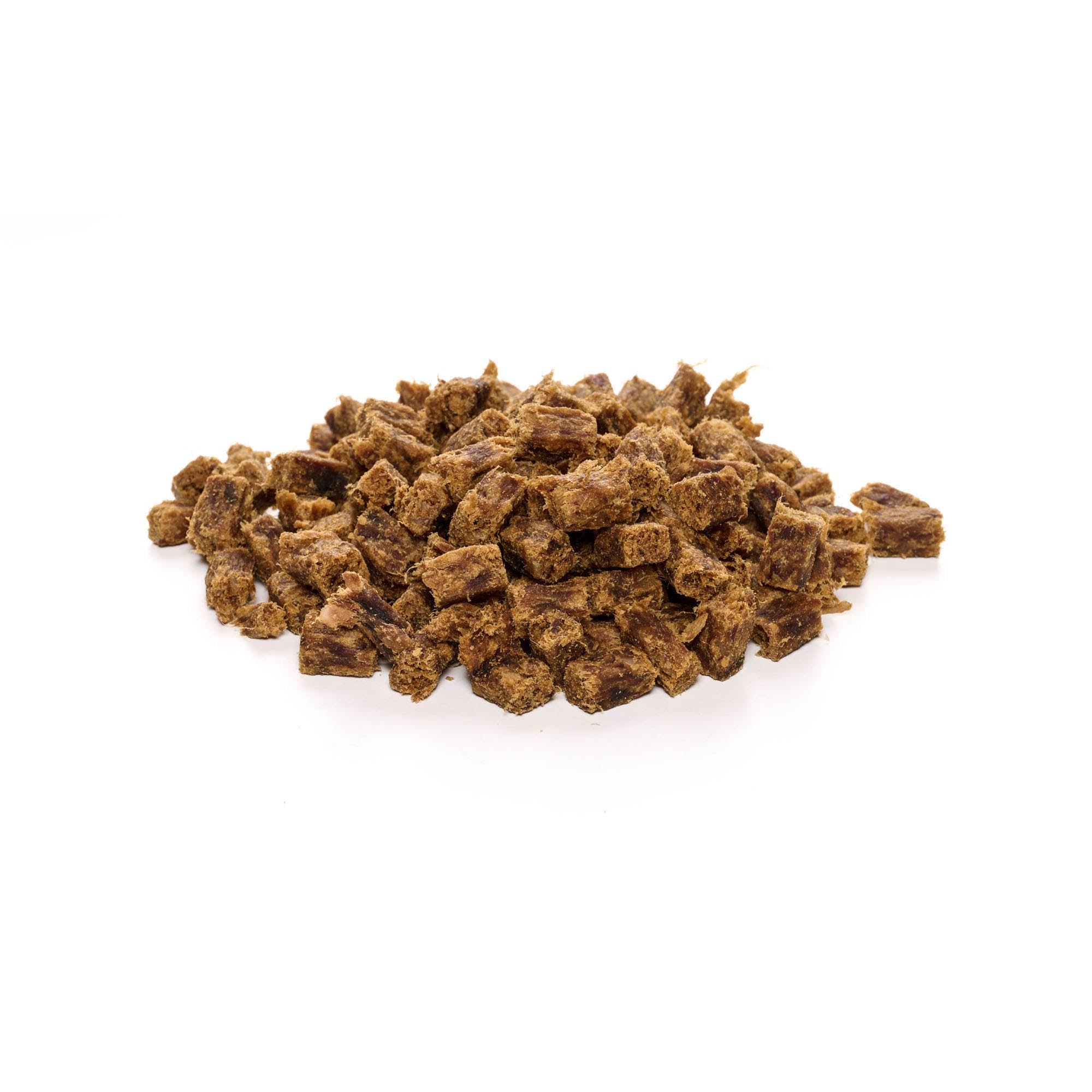
Training snacks for dog training
Share
Choosing the ideal rewards plays a key role if you want to base your dog's education and training on the principle of positive reinforcement. In this context, it is important to find the right training snacks for dogs that not only attract your dog's attention but are also safe for their health. In this article, you will learn everything you need to know about choosing snacks for dog training, including the ideal size of the treats, their balanced nutritional composition, and the individual preferences of your loyal companion.
Contents: Training snacks for dog training
- What you should pay attention to when choosing training snacks!
- Your dog's favorite snacks.
- The right snacks for every training session with your dog.
- Vary your dog’s rewards.
- Hypoallergenic treats for dogs
- Popular treats for dogs.
- Favorites list of treats for your dog.
- Conclusion
Make your dog happy with our tasty chews!
What you should pay attention to when choosing training snacks!
Snacks play a central role in dog training because, along with play, they act as essential positive reinforcers. They are ideal for engaging and motivating your dog. However, the level of motivation depends greatly on the type of treat, especially the flavor, which varies from dog to dog. When choosing the right reward for training your dog, there are some important aspects to consider.
Spoil your dog with high-quality chewing products from our range!
Your dog's favorite snacks.
It is obvious that dogs are more willing to put in the effort when rewarded with a treat that they particularly enjoy compared to less appetizing dog food. Every dog's preferences are unique. For example, while some dogs love carrots, others are not keen on it.
A recent study showed that dogs were willing to run faster for a higher-value reward ( meat ) than for a lower-value reward (such as dry food). Notably, the amount of food reward had no apparent effect on the speed at which the dogs ran.
The right snacks for every training session with your dog.
Certain types of food are better suited to specific dog training exercises than others. For obedience exercises, lots of small, easy-to-give treats are ideal for quickly rewarding the dog, while large pieces are impractical. For recall, the reward can be larger and particularly tasty, as this exercise is a high priority and must withstand distractions. An infrequent, high-value reward such as tripe can work wonders here.Food can also be used as a management tool, for example when putting on a harness or muzzle, where liverwurst pate from a tube can lure the dog into position. A refillable food tube, individually filled, is also good. Food can also be useful for distraction in situations where there is no training session, so choosing the right treat should always take the type of exercise into account.
Vary your dog’s rewards.
For many dogs, the variety of treats offers the perfect answer to the question: "Which treats are best for dog training?" Every dog has individual preferences, what they like and what they don't like. While some dogs prefer a certain type, others enjoy variety in their reward menu. If your dog responds less enthusiastically to a certain type of treat, switching to a different type of food reward could help.
Hypoallergenic treats for dogs
For dogs with special nutritional needs, such as a food allergy, it is important to pay attention to tolerance when choosing treats. Many manufacturers of special food offer not only dry and wet food but also snacks that are suitable for allergy sufferers . These special treats can also be used to provide variety in the reward and generate additional motivation during training.
You can also find hypoallergenic chews in our shop!
Popular treats for dogs.
Fried Chicken: A big plus of using fried chicken as a treat is that it is made from pure chicken meat . You have the freedom to cut the pieces as needed for your training. Homemade treats require more effort than store-bought ones, but they offer a healthy alternative.
Dried sardines: These fish snacks are very popular with many dogs and can be easily divided into smaller pieces suitable for training. Have you ever offered your dog dried sardines?
Dried meat: For a healthy snacking experience, dried meat is a great choice. It can be cut into small, workout-friendly bites, allowing you to use the rewards effectively during exercise.
Favorites list of treats for your dog.
To identify your dog's favorite treats, pay attention to how eagerly he eats them. Alternatively, conduct a preference test by letting your dog choose:
Place two bowls next to each other, each with a different treat, and let your dog decide which one he prefers by observing which bowl he empties first. The reward chosen first is considered your dog's favorite. This test is also used in scientific studies. For valid results, similar to studies, several repetitions are necessary until your dog understands the concept.
Use bowls instead of your hands for treats, as dogs may associate a preferred hand when feeding. Offer the snacks alternately on the left and right to eliminate preferences for certain sides that could affect the outcome. Be careful not to direct your dog verbally or with body language, as dogs can be very attentive. By using this process with different treats, you create a preference list for your dog, which can be very useful in training to know exactly which snacks your dog likes the most.
Conclusion
Carefully selecting the right rewards is essential to ensure effective and positive dog training. Not only the dog's taste and preferences play a role, but also health aspects and the practical handling of the treats during training. Different types of treats, such as fried chicken, dried sardines or special hypoallergenic snacks, offer a wide range of options to motivate each dog individually. Conducting preference tests can help to find out your dog's absolute favorites, which not only makes training more effective, but also much more enjoyable for your dog. Ultimately, the correct selection and use of treats is a key to success in dog training, strengthening the bond between dog and owner and ensuring that both sides enjoy the learning process.
Discover delicious dog snacks directly from our range!

